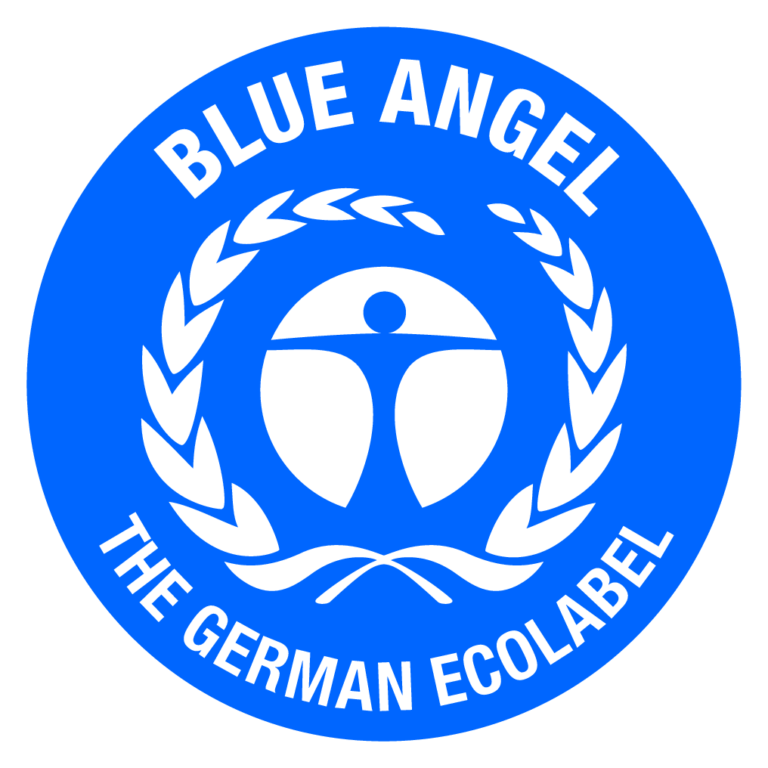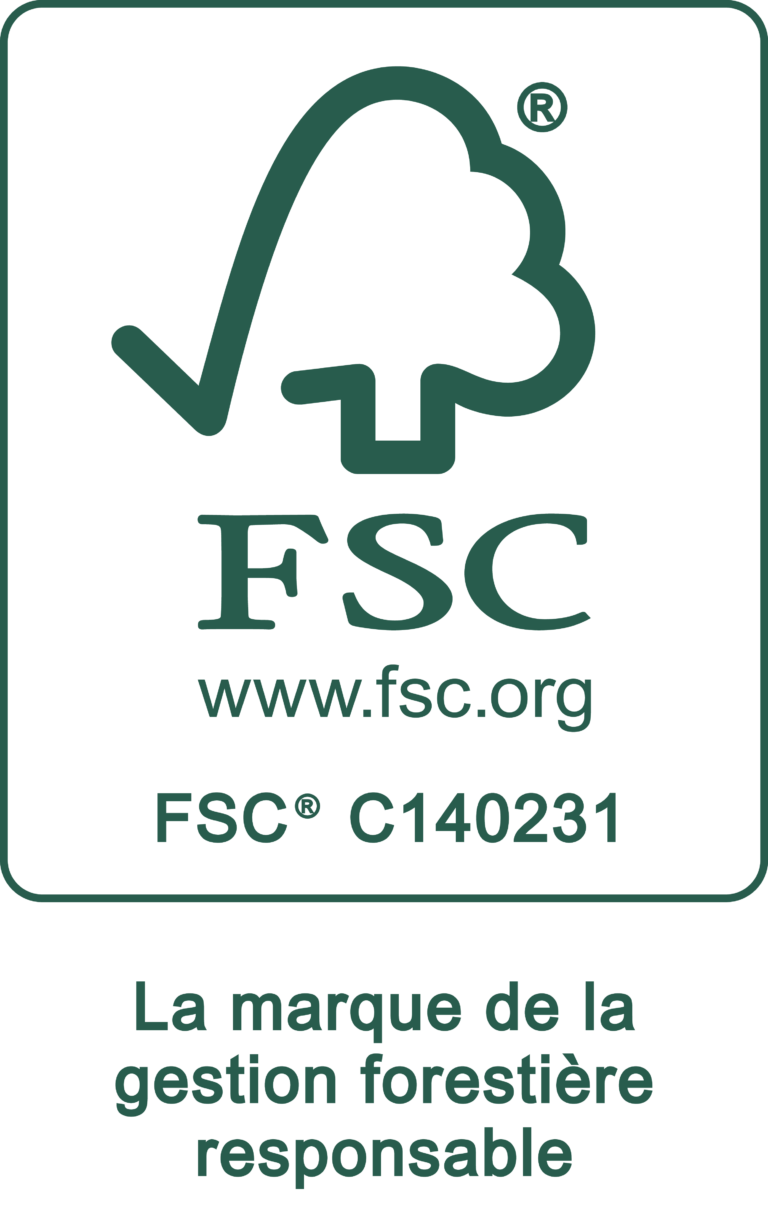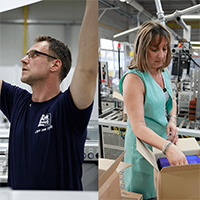
Our eco-labels, a guarantee of high standards
Understanding labels can be difficult... and not enough is being done to clarify things. We want to change this!

Did you ever think that too many logos damage their credibility!!!! We do!
Logos of all kinds are invading our daily lives. It’s hard to tell the difference between a genuine ecolabel that reliably certifies a product and “greenwashing” logos.
Only 5 Ecolabels are official and really demanding for stationery products.
What is a trustworthy eco-label for paper products?
This is an official ecolabel which certifies that products respect the environment throughout their life cycle: from manufacture to end of life. It must meet the requirements of ISO 14 024 “Environmental labels and declarations – Type I”. This is the case for the European Ecolabel.
The FSC® and PEFC labels are excellent for ensuring that the forest is managed sustainably and protects biodiversity. But an FSC® or PEFC certified notebook does not prevent a manufacturer from discharging toxic inks into the river or emitting huge quantities of fossil CO2 into the atmosphere. The European Ecolabel bans toxic chemicals and limits CO2 emissions.
We believe that eco-labels that include several criteria can better help us to reduce our environmental footprint throughout the supply chain. Hamelin supports the following labels and has all its eligible products certified:
Comparative table of environmental labels for stationery products
| EU Ecolabel | Blue Angel | FSC® | PEFC | |
|---|---|---|---|---|
| Official independent label |
|
|
|
|
| ISO 14204 (life cycle) |
|
|||
| Recycled |
|
|
|
|
| CO2 emissions |
|
|||
| Biodiversity |
|
|
|
|
| Energy |
|
|||
| Plastic |
|

This ecolabel applies to stationery products made from virgin or recycled paper. The European Ecolabel is an official eco-label supported by the public authorities. It differs from a traditional label in that it meets the requirements of a standard (ISO 14 024) which gives it the title of ecolabel.
The European Ecolabel certifies the low environmental impact of stationery products, which are made from paper sourced from sustainably managed forests and recycled paper, while respecting limit values in paper mills and conversion sites right through to the end of the product’s life. This life cycle approach ensures that the main environmental impacts of products are reduced compared to similar products on the market. Strict thresholds must be met and evidence of compliance must be provided to the certification body. To ensure recyclability, finished products must be laboratory tested to guarantee that they will not interfere with the recycling process.
To find out more: www.ecolabel.eu

Blue Angel: This label concerns stationery products made from recycled paper and partially covers the key stages of the life cycle (raw materials, manufacturing and end of life). Raw materials other than paper are not covered, nor are energy and water consumption during manufacture. Substances hazardous to health or aquatic ecosystems are limited or banned during manufacture (e.g. restrictions on dyes, printing inks, coating materials and adhesives). To ensure recyclability, finished products must be laboratory tested to guarantee that they will not disrupt the recycling process.
To find out more: www.blauer-engel.de

PEFC certifies sustainable forest management in 55 countries around the world. PEFC preserves the balance between environmental protection, social integration and the economic development of the forest by guaranteeing that certified forest owners and companies respect sustainable practices. Certified products provide consumers with a guarantee that the forest is managed sustainably and that the wood used complies with traceability criteria. What’s more, all the companies that then process and market this wood have applied strict wood traceability rules to avoid illegal timber.
To find out more about www.pefc.org

FSC® defines criteria to ensure that forests meet the social, economic, ecological, cultural and spiritual needs of present and future generations. It raises awareness of the key issues involved in responsible forest management among players in all value chains based on forest products. It ensures that forest ecosystems are protected and preserved, as are the communities that live in them and share in the value of the forests.
For more information www.fsc.org






